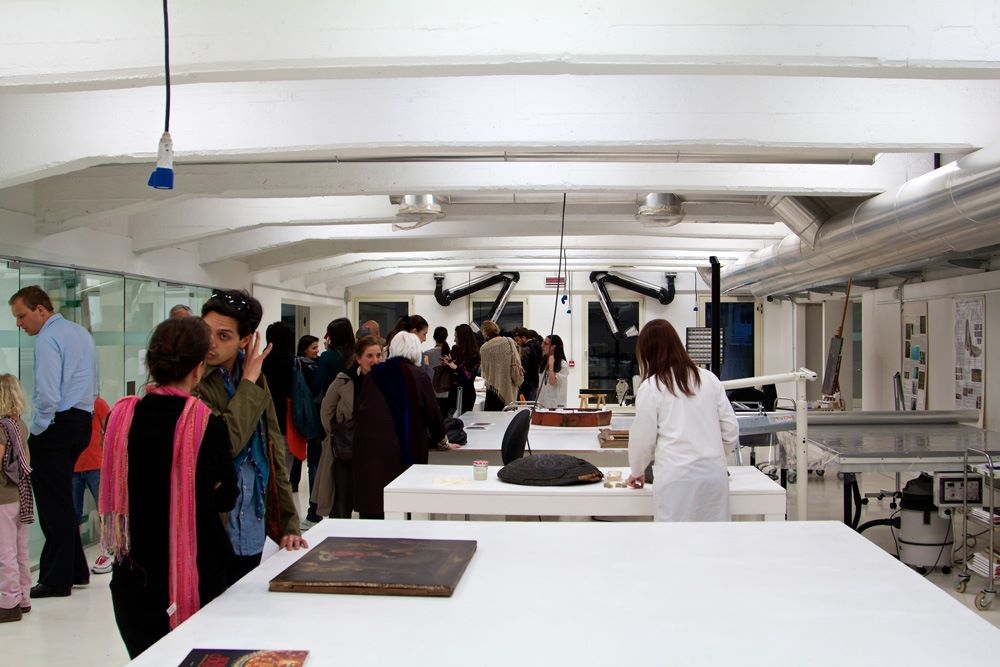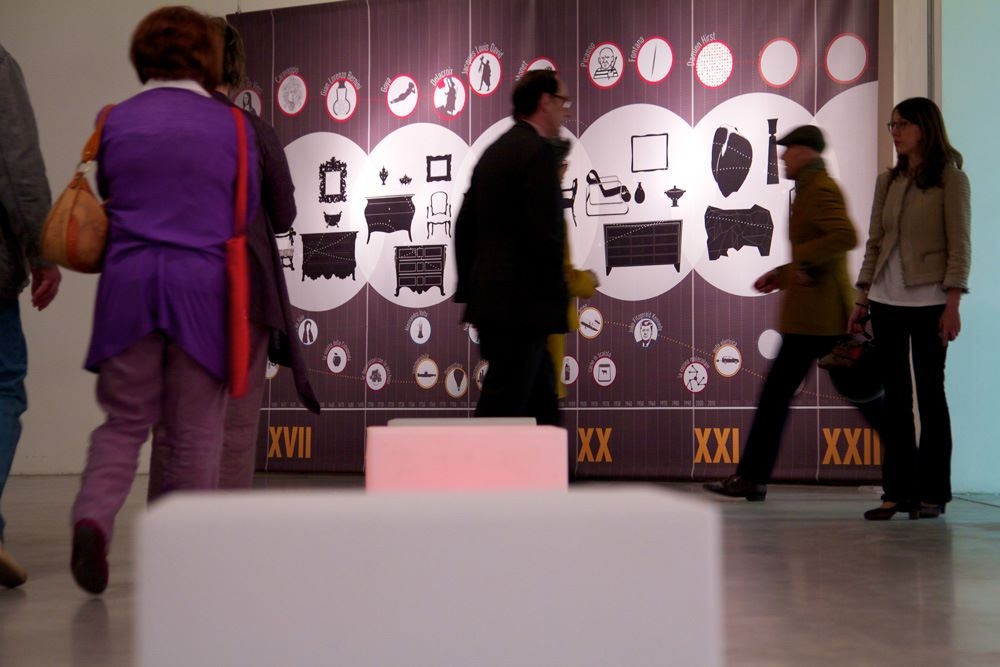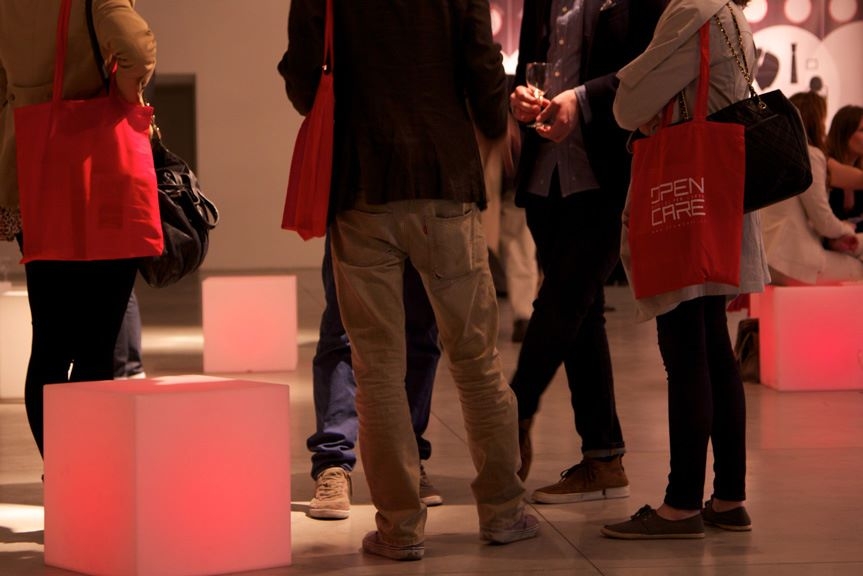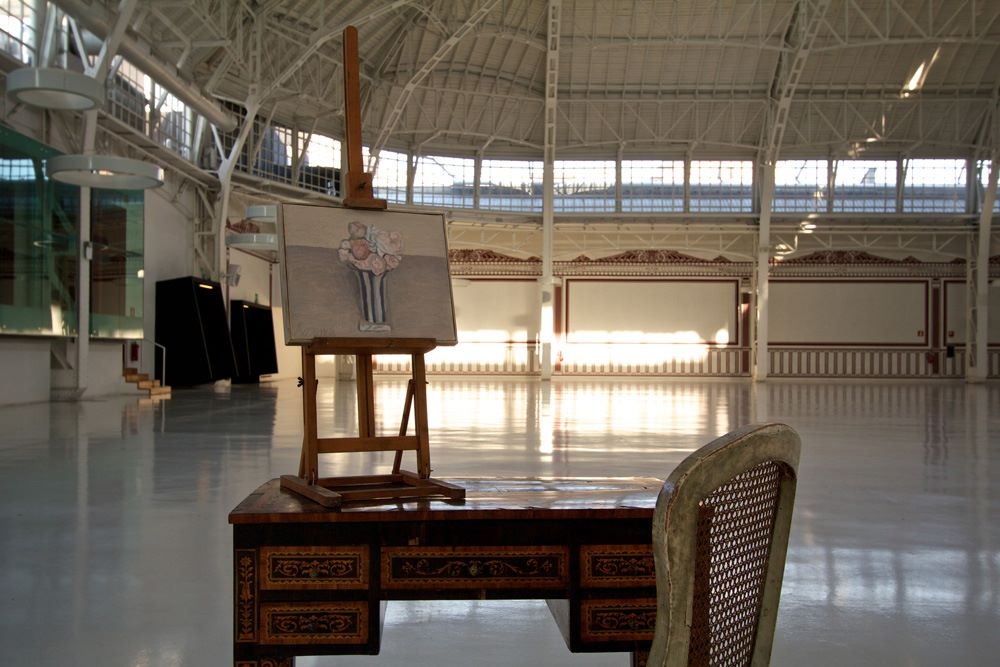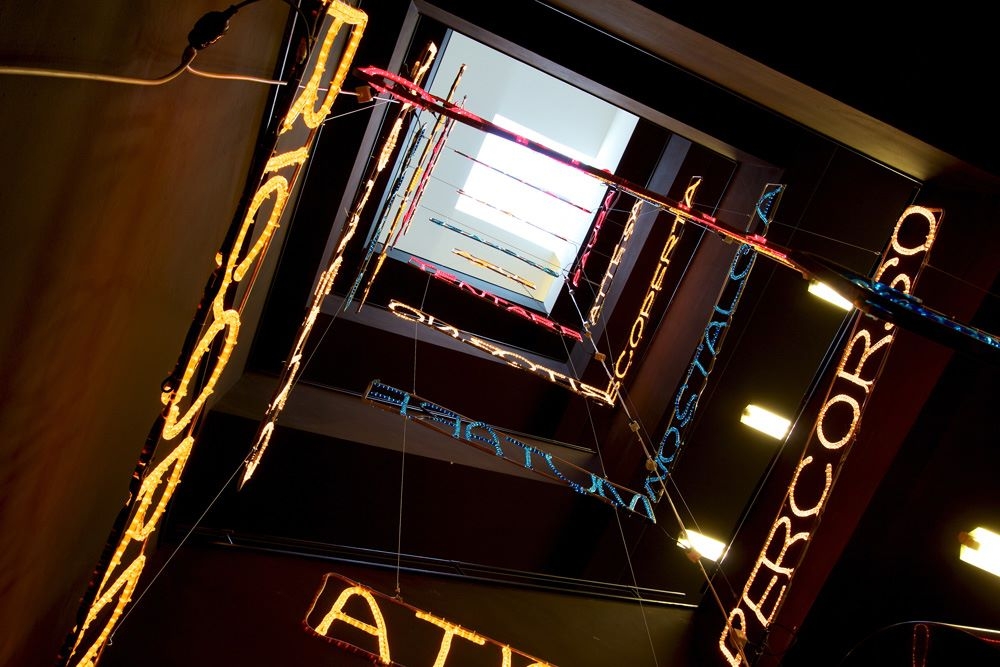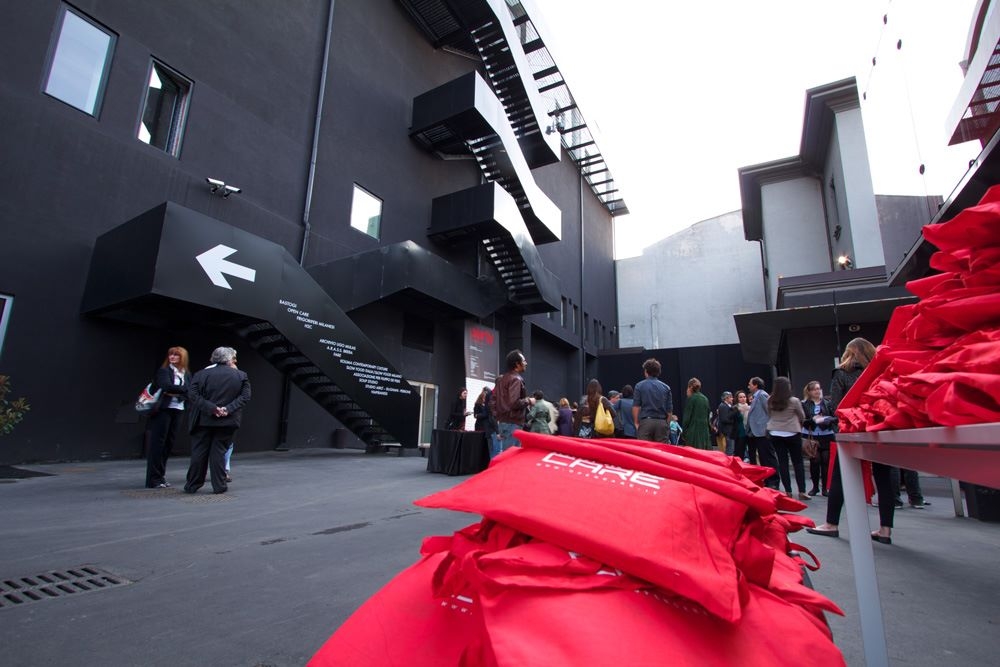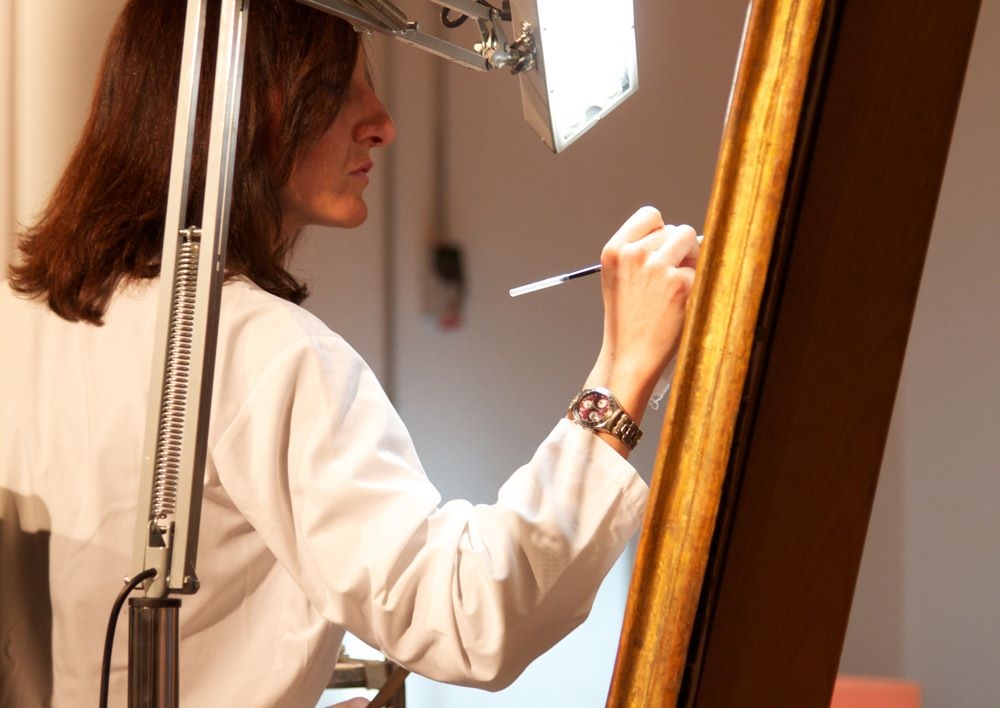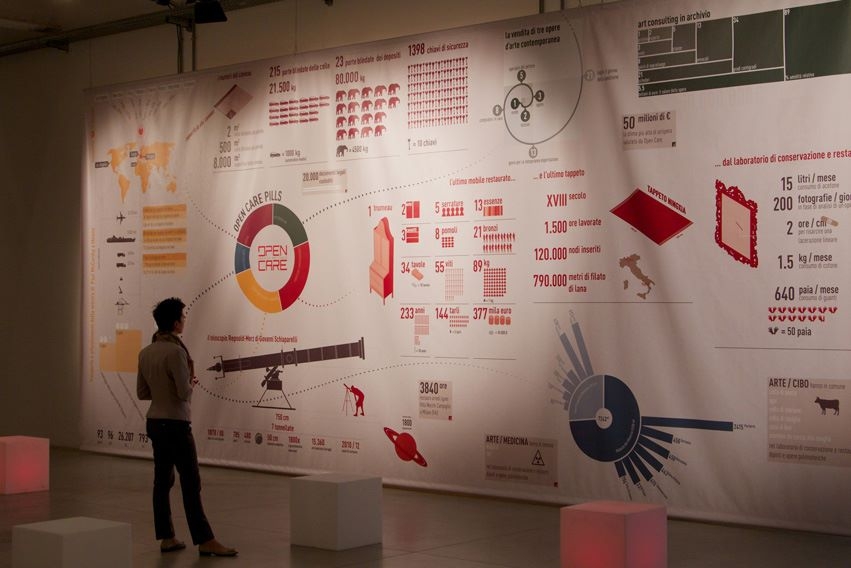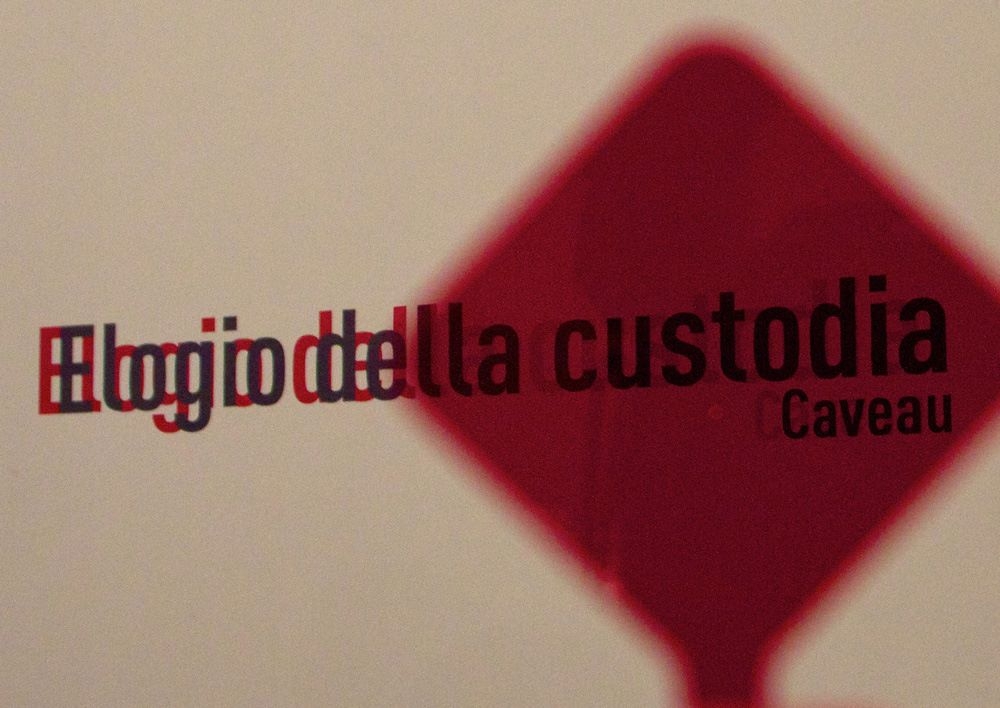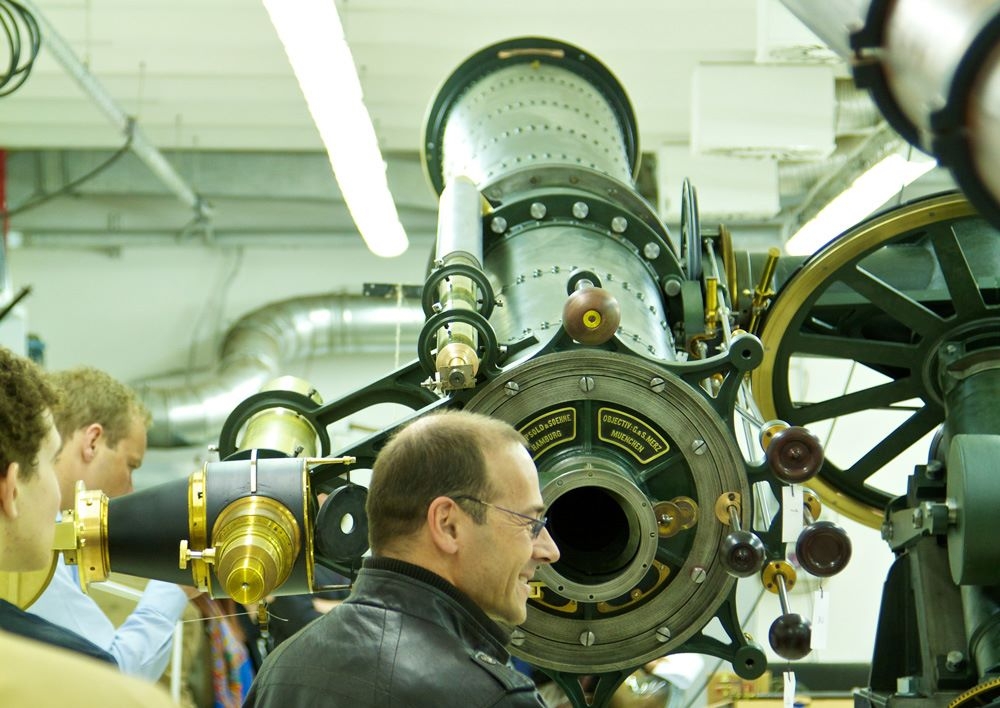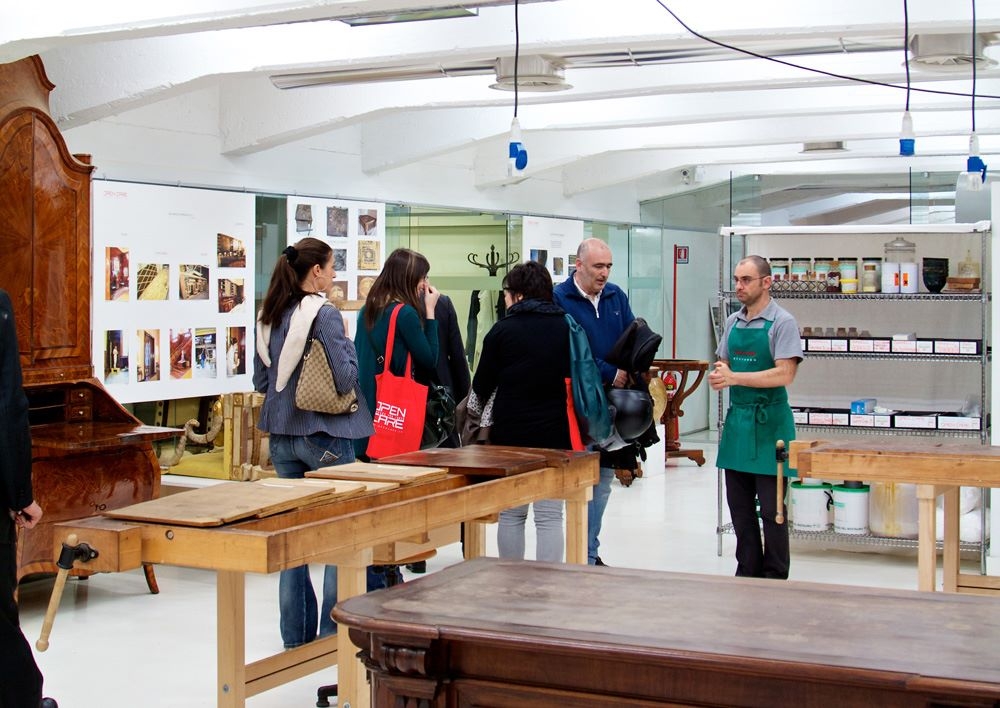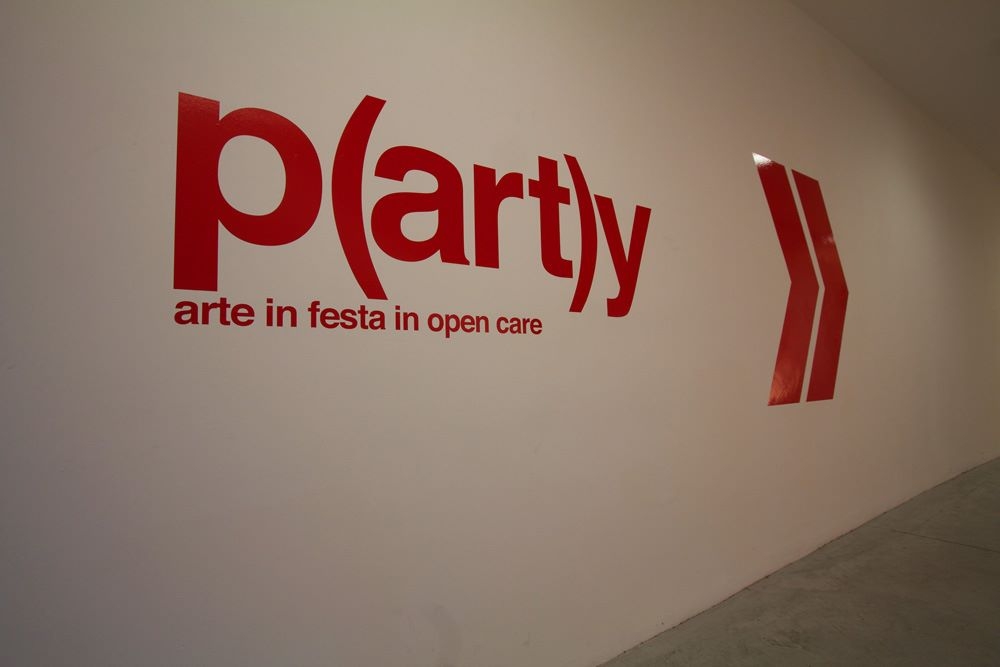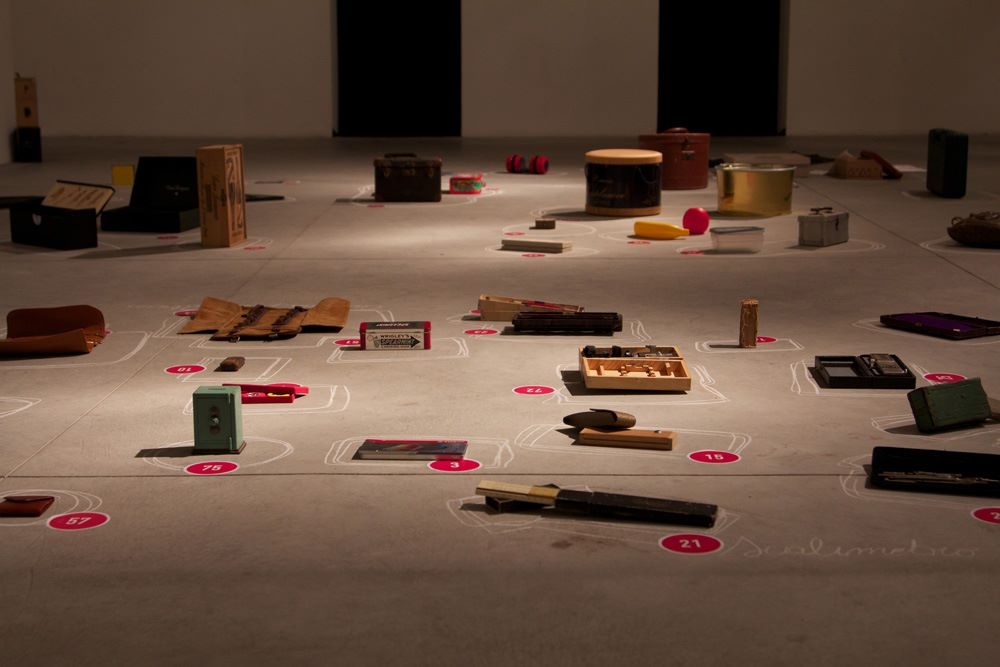

Initiatives
P(art)y - At Open Care
The evening organised by Open Care on 29 March 2012 inside its areas in via Piranesi was a unique opportunity to admire works from private collections, visit the vaults and the restoration laboratories that are normally inaccessible to the public.
It was an event dedicated to the discovery of best practice in the care of the artistic assets in which Open Care offered, to a restricted number of visitors extracted from the 1,000 participants, the opportunity to access the vaults which are normally closed to the public and to admire, thanks to the willingness of the art collectors who participated in the initiative, some significant works of art.
Amongst the masterpieces on show in the safe deposit vaults opened for the occasion were: the painting San Sebastiano (early XVI century, oil on wood) by Bramantino, subsequently exhibited in the Bramantino a Milano exhibition at the Castello Sforzesco; the Portrait of Carolina Zucchi (1822, oil on board) by Francesco Hayez, restored by Open Care and previously unseen in absolute; Concetto Spaziale, Attese (1964) a water paint on canvas with 19 slashes by Lucio Fontana; the sculpture in bronze Scudo (2010) by Arnaldo Pomodoro; L’Uccello di Fuoco (1957, oil on canvas) by Afro; an untitled painting (1929, tempera on canvas) by Alberto Savinio; Lettera (1929, oil on carbon) by Fausto Pirandello; The Contadino del Cadore (1924), an oil on hessian canvas, courtesy of the Associazione per il Patrocinio e lo Studio della figura e dell'opera di Filippo de Pisis, by Filippo de Pisis; L’Église de Pontoise (1935 ca.), an oil on cardboard applied to canvas by Maurice Utrillo.
Amongst the contemporary works belonging to the Unicredit collection, visitors were able to admire Infinite betweens: Life Between, Phase 3 (2007) by Darren Almond; the works Sogno, 7 mm, Quattro, Pianoforte, Straniamento, Nascondiglio, Barbiere, Mappamondo e Attesa (2009), from the series Allegorie della colpevolezza by Fatma Bucak and Flamingo (2011) by Anna Mostosi.
Inside the Palazzo del Ghiaccio was a beautiful Natura morta (1950-51) by Giorgio Morandi.
During the event, as well as viewing the works, the guests were able to discover the excellent practices relating to the conservation and restoration of artistic assets.
The original, interactive path amongst the curious custody options for the various objects, periods and dimensions was a video on the shipping of works. Refreshments based on particular conserves were prepared inside the Frigoriferi Milanesi rooms, followed by a visit to the five conservation and restoration laboratories. This permitted the visitors to assist in some actual interventions on art works and to receive advice from experts on the maintenance and valuation of precious objects.
On the stairway leading to the restoration laboratories, visitors could admire the luminous stage scenery installation El Viaje De Las Palabras (2003) by Chema Alvargonzalez, from Open Care’s collection. The Great Repsold – Merz equatorial telescope commissioned by the Italian Government in 1879 on the request of the astronomer Schiaparelli was on display in the Conservation and Restoration laboratory for antique scientific instruments. In the Conservation and Restoration laboratory for paintings and multi-material works were on display, amongst the various works: a 17th century Crucifix in polychrome papier-mâché, wood and canvas, from the San Rocco Chapel of Muggiò; the Portrait of Santa Maria Caterina Brugora (16th century, oil on wood) from the Theology Faculty of Northern Italy and attributed to Bernadino Luini and Nero, 1965 by Agostino Bonalumi, extroflexed canvas and vinyl tempera, belonging to a private collection.
On display in the Conservation and Restoration laboratory for textiles, tapestries and carpets were some splendid Anatolian examples from different periods.
On display in the Conservation and Restoration laboratory for wood furnishings were various furnishings from historic eras, amongst which were a couple of small upholstered sofas of carved beech wood (Naples late 17th century); a centre desk in neo-Renaissance style with pine casing and walnut veneerand a pair of solid walnut benches (Lodovico Pogliaghi, 19th century, Biblioteca Braidense in Milan, Sala Gerli).
During the course of the evening inside the Frigoriferi Milanesi areas, the exhibition Making Space by the young artists Richard Cramp and Egemen Demirci was inaugurated, with works made during their residency programme at Open Care, directed by the Associazione FARE as part of the Global Art Programme project, Waiting for Expo 2015 promoted by the Associazione Artegiovane.
The event was created by: Soup Studio Designer Associati (Martino Cabassi, Davide Magni, Carlo Tartaglia and Davide Valtorta) and Viapiranesi (directed by Luca Molinari and Anna Barbara) with cordination by the Frigoriferi Milanesi.
